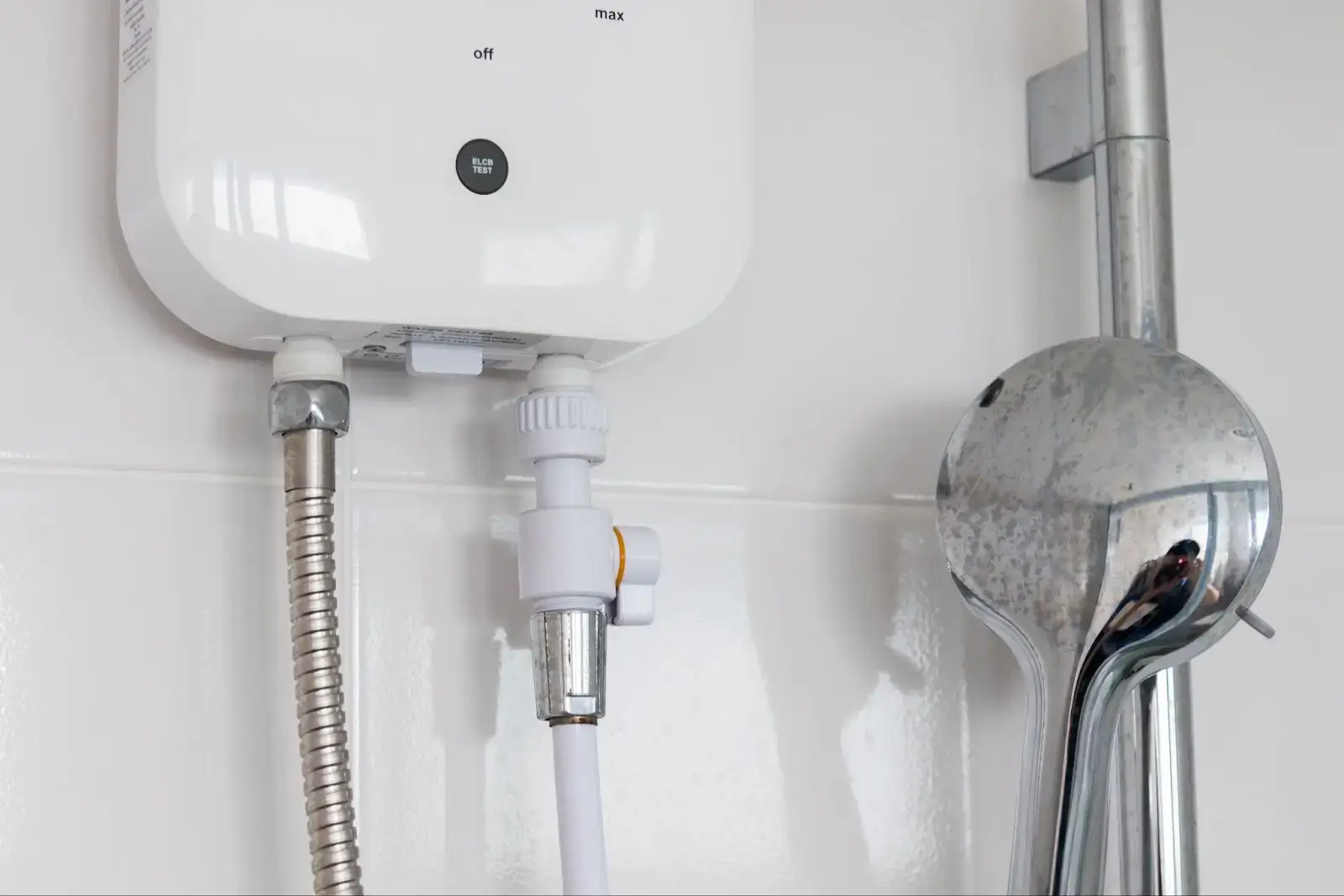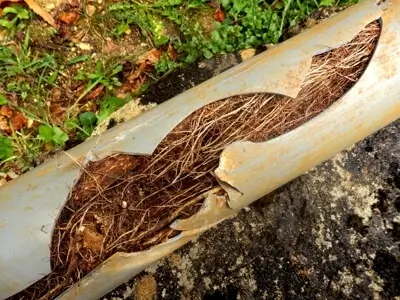Washable Filters vs. Disposable Filters: Are Cleanable Air Filters Worth It?
If you’re tired of shelling out money every month for a replacement filter or buying them by the pack several times a year, there is an option worth considering. A washable filter for your heating system does exactly as advertised -- it filters dust and debris as air flows through your heating and cooling system, requiring only periodic washing to keep it from clogging.
If this sounds like this solution to your disposable filter woes, read on to learn more about the benefits and drawbacks of the washable filter.
Pros of Cleanable Air Filters
- Save money: We recommend replacing your disposable filter every 30 to 90 days. The cost can add up. In contrast, washable filters save money in the long run. While they’re more pricey upfront -- they’re sold anywhere between $30 and $100 -- they’ll last for years with proper care.
- Washable filters are a greener option: Most disposable filters are made of fiberglass which is not biodegradable or recyclable. Tossing four to 12 of these into the landfill isn’t doing the Earth any favors. That’s what makes a washable filter the better eco-conscious option.
- Fewer Trips to Home Depot: Wouldn’t it be nice to have one less thing to buy during your next run to the hardware store? Trade up to a washable filter and you’ll never have to purchase individual filters, which tend to come with the gnawing anxiety that you’re getting the wrong size. You’ll also avoid the hassle of buying them in bulk, which takes up substantial storage space.
Cons of a Washable Filter
- You have to wash it, obviously: While a washable filter alleviates some of the hassles described above, it comes with one unavoidable responsibility. Washing a filter is fairly simple. You can rinse it off in the driveway with a garden hose. But it’s one more monthly chore you’ll have to add to your already exhausting list.
- Not as efficient: Before springing for a washable filter, consider the MERV rating. That’s the Minimum Efficiency Reporting Value. It measures the filter’s effectiveness at trapping particles. The smaller the particle, the higher the MERV. Washable filters tend to have a MERV of 1 to 4 whereas some disposable filters will be around 10 to 13. If you have allergies, this probably isn’t the option for you. Consider going with a more expensive, higher capacity electrostatic filter, which can also be washed.
- Can foster mold: Don’t be in a rush to reinsert the filter after washing. Give it time to thoroughly dry -- otherwise, you could compromise your indoor air quality.
Bottom line: No matter if you decide to stick with your dependable disposable filters or change the washable variety, staying on top of HVAC maintenance, is the best way to maintain your comfort and reduce heating costs this fall.
To schedule an appointment for a seasonal tune-up, call (503) 500-5866 or contact us online!







